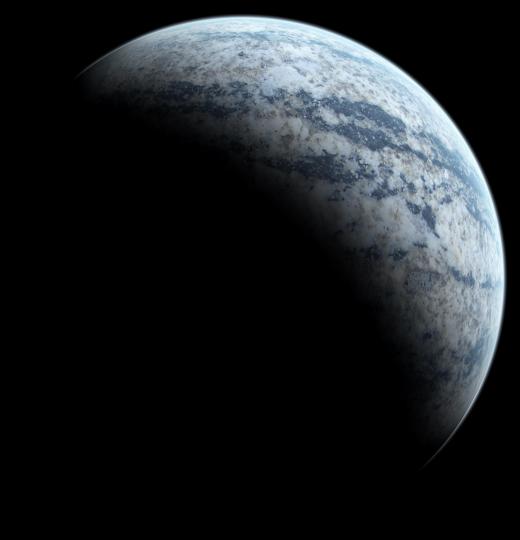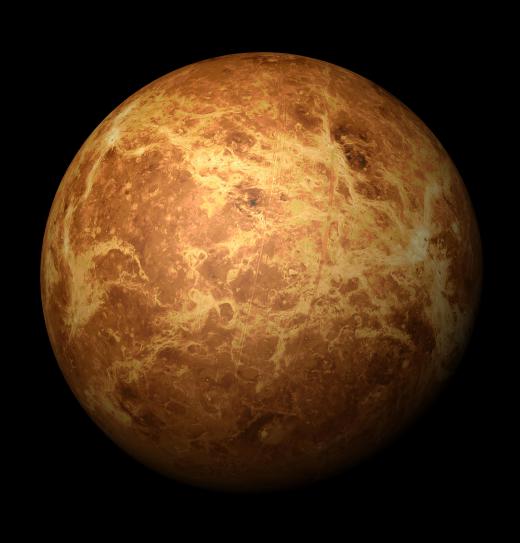What is Cassini?
 Michael Anissimov
Michael Anissimov
The Cassini spacecraft was the first probe designed specifically to explore Saturn, and the first to enter into orbit around the giant planet. It carried a landing probe, Huygens, which was designed to land on and investigate Saturn's largest moon Titan. Cassini carries twelve scientific instruments, as well as a high-bandwidth antenna for communicating with Earth, and a radioisotope thermal generator (RTG) power source.
Cassini was launched from Cape Canaveral on 15 October 1997, on a Titan IV/Centaur launch vehicle. Cassini was the second-largest interplanetary probe ever launched, and the high-energy trajectory to Saturn required a series of gravitational boosts to propel the spacecraft without consuming too much fuel. The orbiter made two flybys of the planet Venus, one by Earth, and one by the giant planet Jupiter before entering into Saturn's orbit on 1 July 2004.

Once in orbit around Saturn, Cassini maneuvered using rocket boosts and flybys of Saturn's moons, most notably Titan. On 25 December 2004, Cassini released the Huygens probe, which later entered the moon's atmosphere and landed on its surface. Since then, Cassini has continued its investigations of Saturn and its extensive moon and ring systems, and has made many more observations of Titan and other moons such as Enceladus. Four new moons, too small to be observed from Earth, have been discovered by Cassini.

Cassini carries twelve different scientific instruments, including a high-resolution visual camera, which has returned thousands of pictures of Saturn and its surroundings to Earth. Its infrared camera is able to measure the temperature of objects, and was used to see through Titan's global haze to map the surface. The radar instruments on board were used to confirm the existence of liquid lakes on Titan, and by passing the radio waves through Saturn's rings, scientists could determine the structure of the ring system. Cassini also has several detectors to measure magnetic field strength; a deflection in the local magnetic field of Enceladus was used to confirm that the moon had an atmosphere, made up primarily of water vapor.
AS FEATURED ON:
AS FEATURED ON:













Discuss this Article
Post your comments